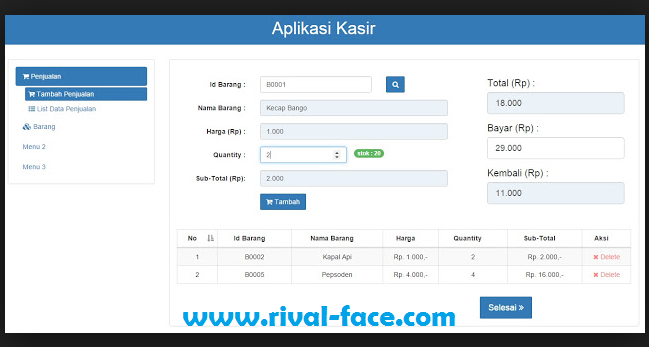

Most contributions require you to agree to a Contributor License Agreement (CLA) declaring that you have the right to, and actually do, grant us the rights to use your contribution. This project welcomes contributions and suggestions. Contributingįor details on contributing to this repository, see the contributing guide. For more information please see our branching strategy.
#JAVA WAVEPLAYER DOC CODE#
This tag will be used for servicing via hotfix branches as well as debugging the code for a particular beta or stable release version.įormat of the release tags are _.

Release branches (Release tagging)įor each package we release there will be a unique git tag created that contains the name and the version of the package to mark the commit of the code that produced the package. It does not represent latest released stable SDK. The main branch has the most recent code with new features and bug fixes. Check previous questions or ask new ones on StackOverflow using azure-java-sdk tag.For build reports on code quality, test coverage, etc, visit Azure Java SDK.For tutorials, samples, quick starts and other documentation, visit Azure for Java Developers.For reference documentation visit the Azure SDK for Java documentation.You can find a mapping table from these historical releases to their equivalent here. If you're using libraries that are in Maven group ID, or have this as the package structure, please consider migrating to the latest libraries. Note that the latest libraries from Microsoft are in the com.azure Maven group ID, and have the package naming pattern of beginning with com.azure. The management libraries can be identified by namespaces that start with azure-resourcemanager, e.g. We have also prepared plenty of code samples as well as migration guide in case you are upgrading from previous versions.
#JAVA WAVEPLAYER DOC HOW TO#
You can find the list of management libraries on this page.įor general documentation on how to use the new libraries for Azure Resource Management, please visit here.

These libraries provide a high-level, object-oriented API for managing Azure resources, that are optimized for ease of use, succinctness, and consistency. Similar to our client libraries, the management libraries follow the Azure SDK Design Guidelines for Java. NOTE: If you need to ensure your code is ready for production use one of the stable, non-beta libraries. This list includes the most recent releases: both stable and beta. You can find the most up to date list of all of the new packages on our page. These libraries can be easily identified by folder, package, and namespaces names starting with azure-, e.g. You can learn about these shared features here. Our client libraries follow the Azure SDK Design Guidelines for Java, and share a number of core features such as HTTP retries, logging, transport protocols, authentication protocols, etc., so that once you learn how to use these features in one client library, you will know how to use them in other client libraries. 'Client' libraries are used to consume the service, whereas 'management' libraries are used to configure and manage the service. Available packagesĮach service can have both 'client' and 'management' libraries.

PrerequisitesĪll libraries are baselined on Java 8, with testing and forward support up until the latest Java long-term support release (currently Java 17). For a list of all the services we support access our list of all existing libraries.įor tutorials, samples, quick starts and other documentation, visit Azure for Java Developers. You can find service libraries in the /sdk directory. To get started with a specific service library, see the README.md file located in the library's project folder. For consumers of the SDK we recommend visiting our public developer docs or our versioned developer docs. This repository is for active development of the Azure SDK for Java.


 0 kommentar(er)
0 kommentar(er)
